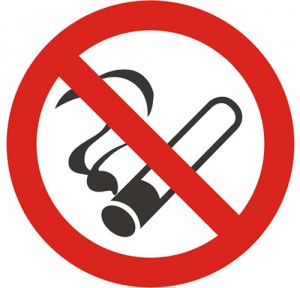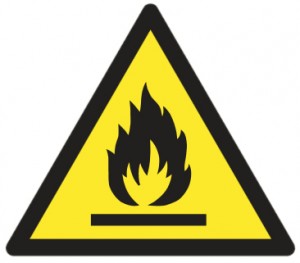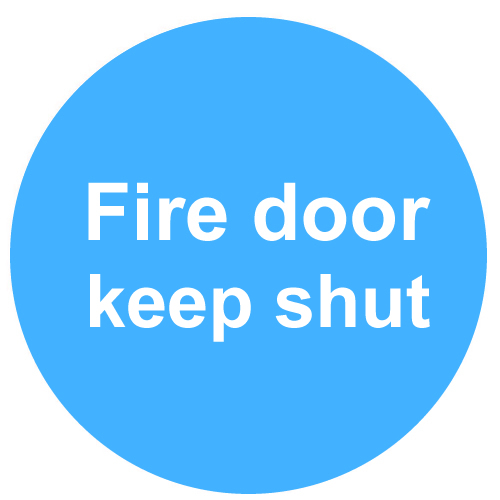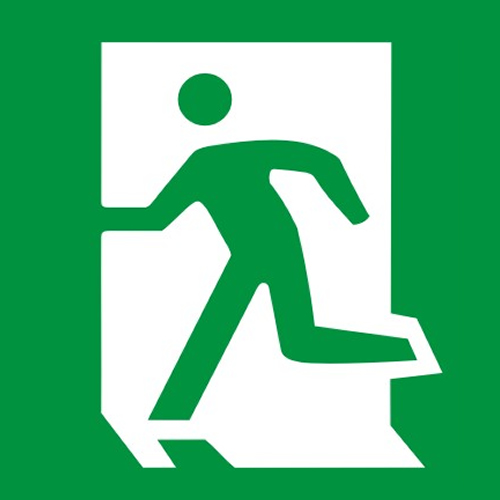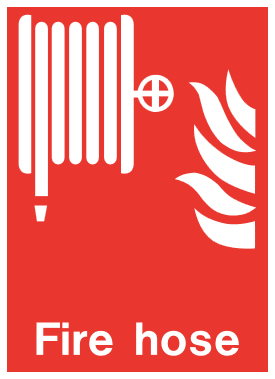Display Screen Equipment is a range of electrical display equipment that is most often part of a computer system.
Health effects of DSE
Assessment of A Display Screen Equipment (DSE):
Health effects of DSE
- Musculoskeletal disorders (hand, arm, shoulder & neck)
- Eye and eyesight problems ( temporary visual fatigue )
- Fatigue and stress (high speed , less breaks, lack of social interaction)
- Epilepsy (a common chronic neurological disorder)
- Facial dermatitis (itching , reddening)
- Radiation on pregnant women –(stress)
|
Equipment
|
Screen
|
Positioning, Character Definition, character stability
|
|
Keyboard
|
Tiltable, character legibility
|
|
|
Desk
|
Size, Matt surface
|
|
|
Chair
|
Adjustable back and height, footrest available
|
|
|
Environment
|
Noise
|
Levels of noise not distractive
|
|
Humidity
|
Low Humidity, less 40% Relative Humidity (RH), may cause sore eyes,
facial acne
|
|
|
Lighting
|
Levels appropriate, contrast between surroundings balanced
|
|
|
Space
|
Adequate for work conducted
|
|
|
Person / Software Interface
|
Software
|
Easy to use
|
|
Work rate
|
Not governed by software
|
|
|
Monitoring
|
Operator/ User informed
|





